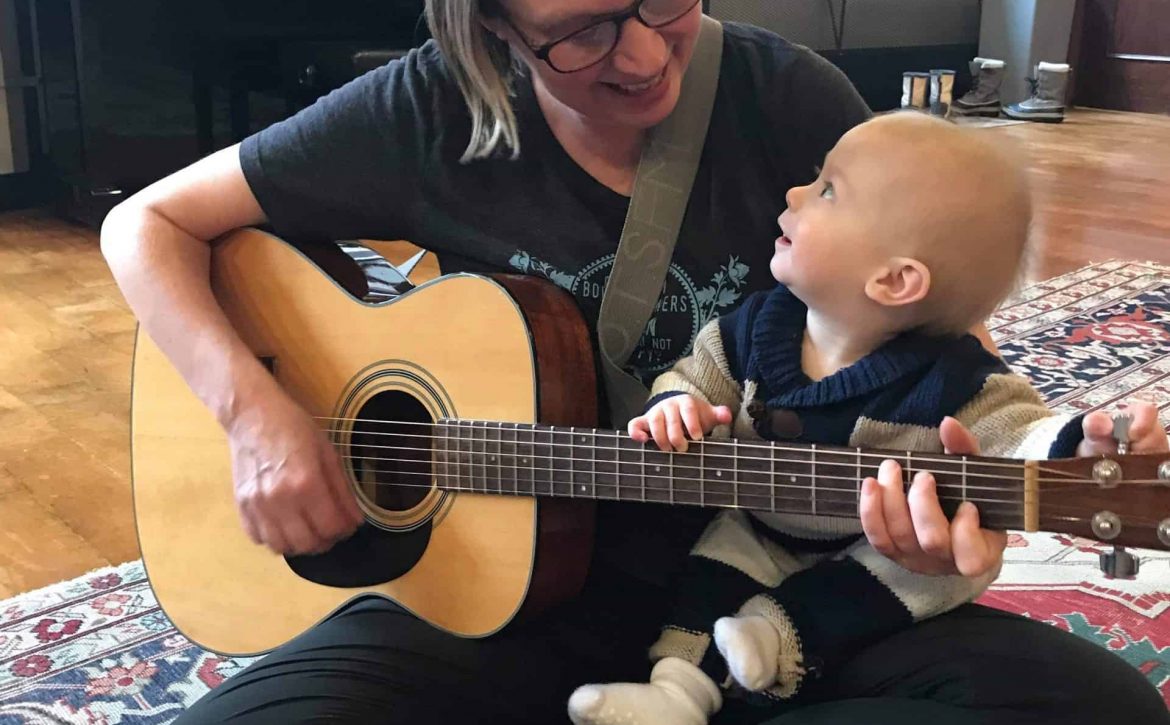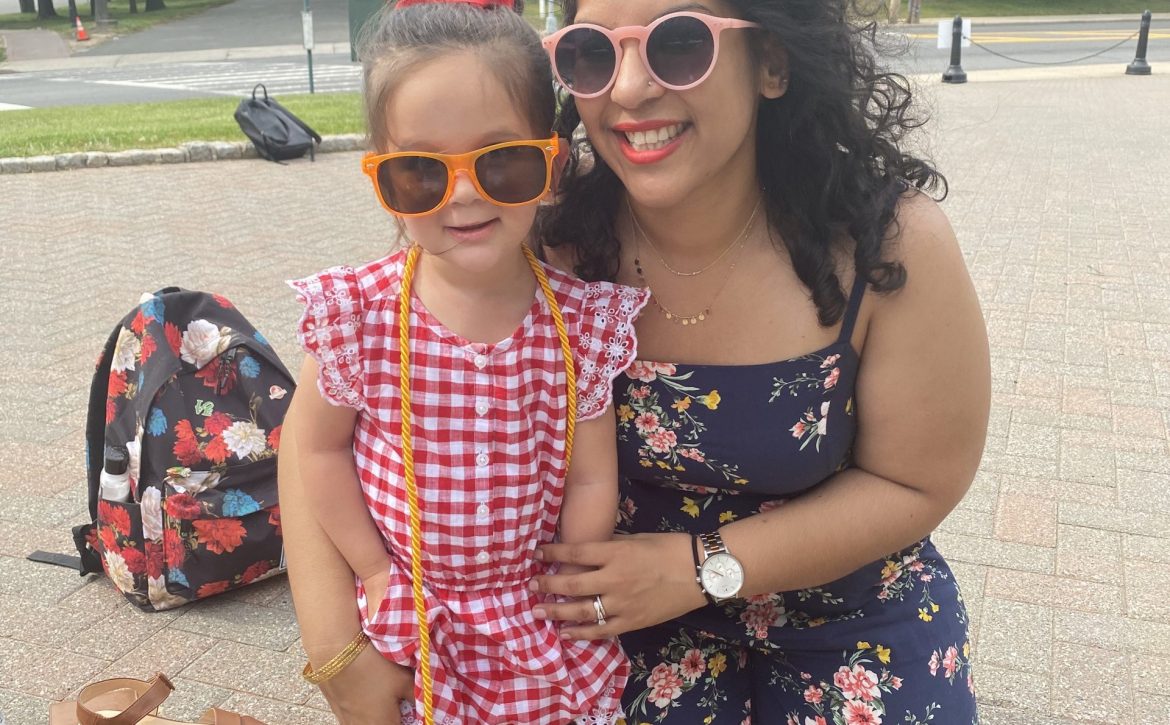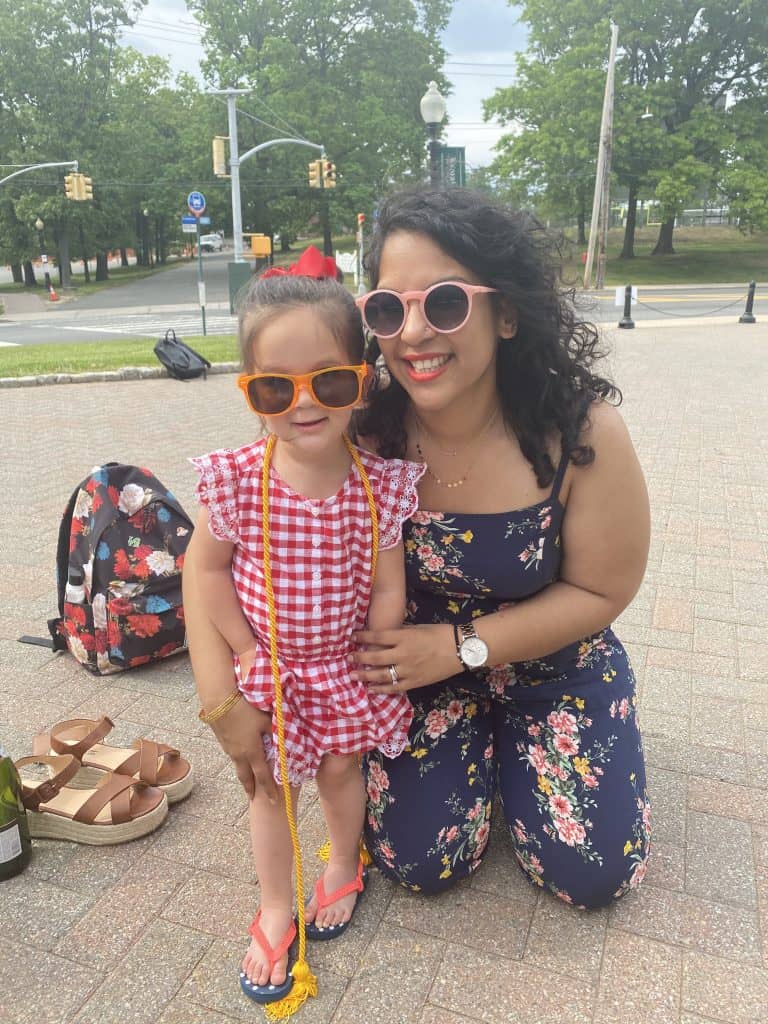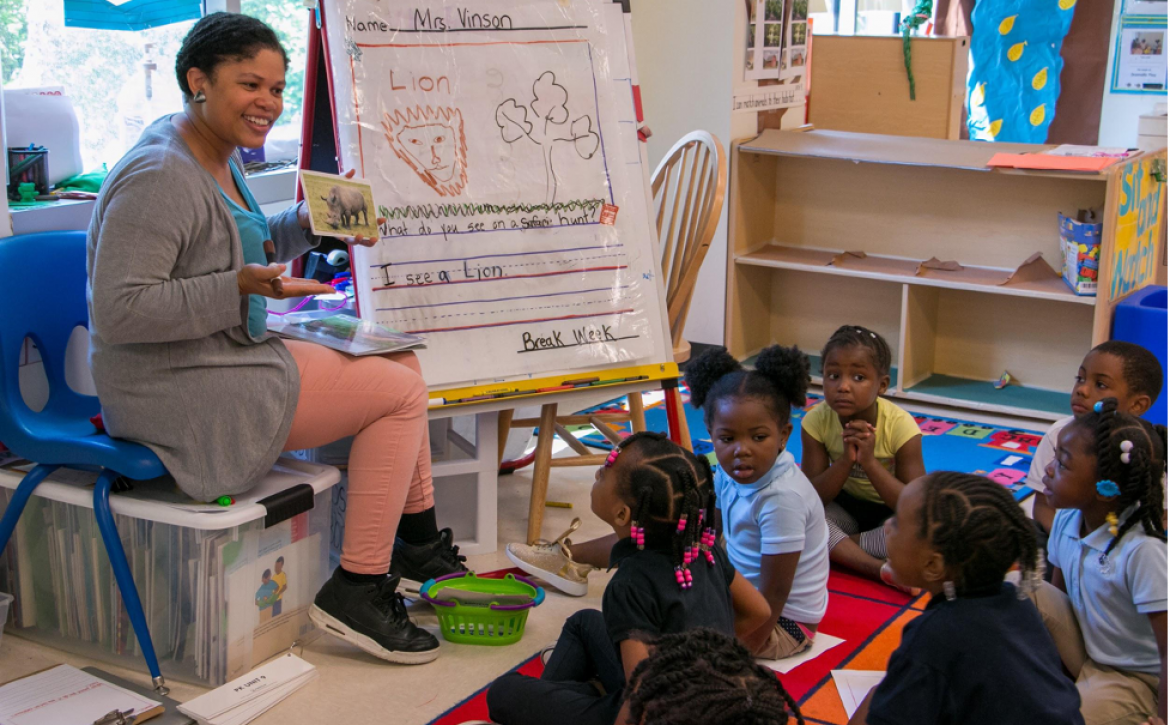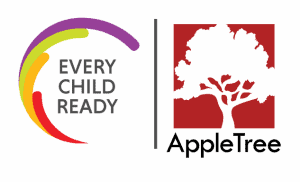A Song for Your Child
Music: It’s magical! It can soothe anxious, cranky, or crying children, ease them into sleep, calm their worries, invite them into playfulness, and make difficult transitions smoother.
Music and singing are parenting superpowers.
Singing and creating songs for each other is also a powerful way to express our love and care.
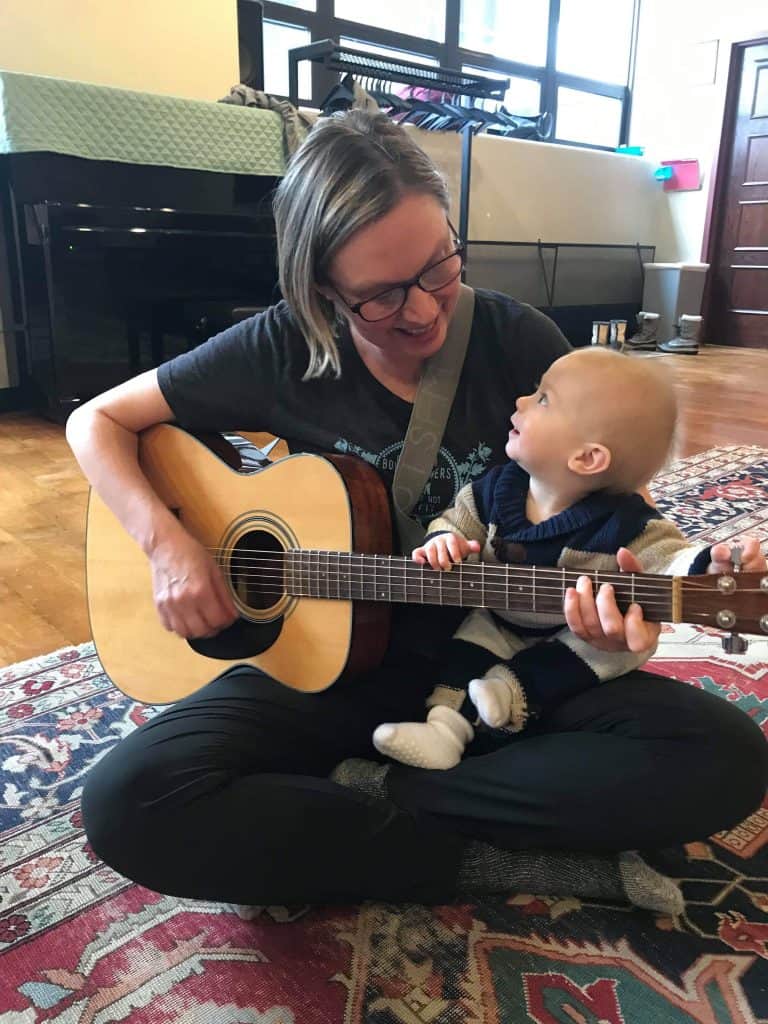
How would you like to create a song for your child?
It might seem like a big, mysterious process to write a song, but it’s not. You probably already make up small songs all the time for your child without even realizing it.
We can ALL write songs — we naturally have the tools! We usually don’t notice when we are humming to ourselves or making word patterns in our heads. That’s a songwriting tool! Another set of tools are the silly songs and rhymes we all make up featuring our children’s names.
As you start to think of the words for a song for your child, remember:
- Children love repetition — and it’s good for them developmentally.
- Nothing fancy! You don’t need a fancy set of lyrics or an elaborate melody to create a song that will be meaningful to you and your child.
- Even just singing their name — maybe with an added rhyming word, maybe just their name — is a special musical moment for your little one and you.
You can start brainstorming with these prompts:
- Do you want a slow sleepy song, or something upbeat?
- What is your child’s name? A name can inspire a whole song!
- Is there a special story behind your child’s name?
- Are there nicknames you use in your family? These can become part of your song.
- Does your child have a special stuffed animal or lovey, a favorite food, color, animal? Think about including your child’s “favorites” In your song.
As you keep thinking about your song, consider these questions:
- What are your dreams for your child?
- What is unique and beloved to you about your child?
- What do you and your child enjoy together?
The answers to any, or all, of these questions can help you create a special song to share with your child!
But what about a tune?
You can turn any hum or rhythm into your own song!
Or you can use one of our accompaniment tracks as an easy way to create a melody.
Listen to a few notes of the music composed by Sam Wolsk and me (Anne-Marie Akin), then say your child’s name out loud in response to it — kind of like a question and answer. The music calls a little, then you respond, singing (or saying) your child’s name back. Try this with your child or on your own. Before you know it, you will have built a little song!
Track 1: Lullaby Ballad by Sam Wolsk & Anne-Marie Akin
Track 2: Lullaby Happy Bop by Sam Wolsk & Anne-Marie Akin
If you want to add more than just your child’s name name, you can create more lyrics. Try some of these song templates or create your own. Adding your child’s name makes it even more personal.
Here are some templates you can use to start writing your own song for your child. Feel free to adjust the number of name repetitions based on your own child’s name.
"Happy Tune" Template
I like your ____________,
Child’s name, Child’s name, Child’s name
I like your ______________, child’s name
And we both like to ______________. (something you like to do together! Dance? Run? Snuggle?)
"Dance Song" Template
Create a song using dance motions (Clap your hands! Fly like a bird) and your child’s name.
"Sleep Tune" Template
Child’s name, child’s name, close your eyes
Child’s name, child’s name, rest awhile
Tomorrow we will __________________
But now it’s sleepy time.
"I Love You" Template
(This template uses comparisons. You can choose things that are important to you and your child! Think: as deep as, as wide as, as high as, as sweet as, as long as…)
I love you as ________ as _______
As __________ as ________________
Sleep my _____________
Sleep my _______________
I love you.
Share Your Song!
Once you have a draft of your first song, share it with your child! Be sure to watch his or her little face listening to your song.
And, if you want, please share it on social media (tag us @bigheartworld). We’d love to hear your song, too!
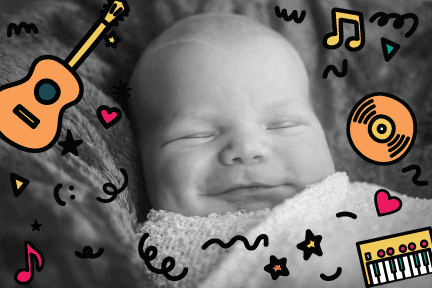
"Thank You" to Sam Wolsk, who arranged the music!

Here’s Sam’s bio: Sam is a graduate of Northwestern University’s Bienen School of Music, where he earned a dual major in jazz studies and psychology. He is the founder of DW Jazz Orchestra, an ensemble that plays in Chicago and New York. Sam also plays piano and trumpet for Honey Butter, a local R&B/pop band. He has composed and arranged dozens of jazz and pop pieces, and he loves teaching his students how to play their favorite songs. He sees music as one of the most important avenues of self-expression and connection to others, and he loves equipping his students with the tools and techniques to participate in the conversation.
Learn More about the National Lullaby Project
Anne-Marie has been part of an effort called the National Lullaby Project, created by Carnegie Hall in New York. The project pairs professional artists with new parents to help them create their own lullabies for thier children. Learn more about the Lullaby Project. Listen to this piece by WBEZ Chicago to learn more more about Anne-Marie’s work in Chicago at WBEZ Chicago.

